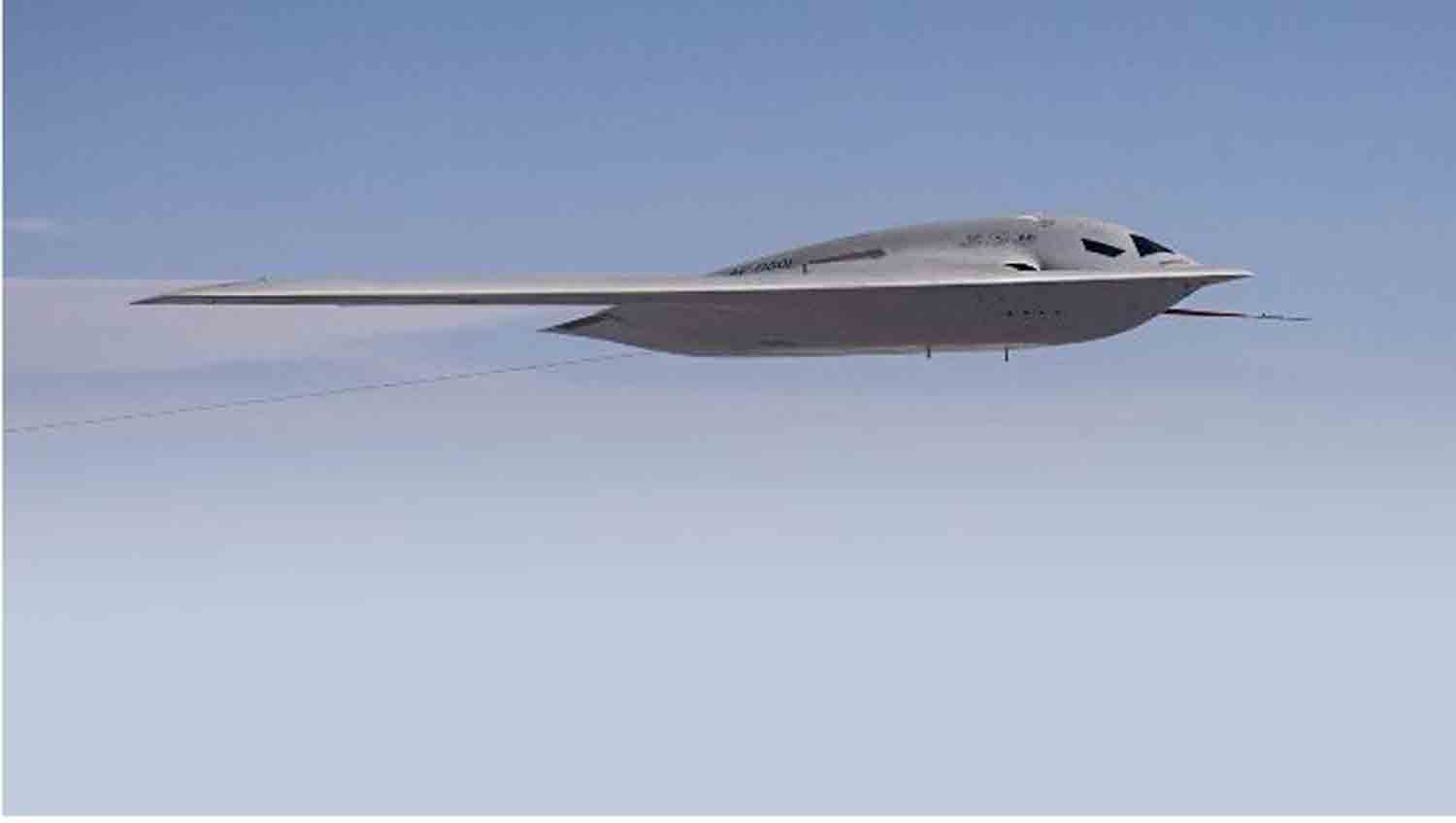On April 27, 2025, the U.S. Department of Defense revealed a comprehensive $150 billion supplemental defense budget, which includes a notable $4.5 billion earmarked for the expedited development of the new B-21 Raider stealth bomber program by the U.S. Air Force.
This investment highlights the essential role of the B-21 in shaping the future of American airpower and nuclear deterrence. As a state-of-the-art long-range stealth bomber, the B-21 Raider is engineered to breach advanced enemy air defenses, deliver both conventional and nuclear payloads, and maintain U.S. strategic dominance amid escalating great-power rivalry.
The B-21’s development began in the early 2010s with the launch of the Long Range Strike Bomber (LRS-B) program, initiated due to concerns regarding the aging fleets of B-52H Stratofortress, B-1B Lancer, and B-2 Spirit bombers, which were becoming costly to maintain and less effective in high-end conflict scenarios.
The LRS-B program sought to create a new class of bombers with enhanced deep-strike capabilities, resilience in contested environments, and the flexibility for future technological advancements. Following a competitive selection process, the U.S. Air Force awarded the development contract to Northrop Grumman in October 2015, outpacing a competing team of Boeing and Lockheed Martin.
The contract included cost controls and performance incentives to prevent the delays and budget issues that had affected previous major procurement efforts. Shortly thereafter, the aircraft was officially designated the B-21 “Raider” in tribute to the Doolittle Raiders of World War II, symbolizing daring long-range missions into enemy territory.
The B-21 design builds on the insights gained from the B-2 Spirit, featuring notable enhancements. Its open systems architecture facilitates the integration of new technologies, while its stealth capabilities include significantly lower radar and infrared signatures compared to earlier models.
This aircraft is designed for both manned and unmanned operations and is anticipated to incorporate future technologies such as directed energy weapons, autonomous flight, and advanced electronic warfare systems. Capable of carrying both precision-guided conventional munitions and nuclear weapons, the B-21 offers versatility across a wide range of strategic deterrence scenarios. Northrop Grumman commenced the assembly of the initial test units at Air Force Plant 42 in Palmdale, California, where the B-21 was publicly unveiled in December 2022.
The inaugural flight occurred on November 10, 2023, representing a significant achievement in the program’s development. The aircraft took off from Palmdale and landed at Edwards Air Force Base, where the Air Force’s 412th Test Wing initiated an extensive flight testing program. These evaluations are confirming the aircraft’s aerodynamic capabilities, radar cross-section, stealth characteristics, systems integration, and mission software. Defense officials report that the flight tests have met or surpassed initial expectations, although many specifics remain classified.
Alongside flight testing, ground evaluations have been carried out, which include trials for electromagnetic interference, tests for climate survivability, and verification of stealth integrity. Several additional B-21 aircraft are in different phases of assembly, and the program is steadily advancing towards low-rate initial production.
The first operational B-21 units will be stationed at Ellsworth Air Force Base in South Dakota, which is currently undergoing infrastructure enhancements to accommodate the Raider fleet. The Air Force intends to acquire at least 100 B-21 bombers, although recent strategic evaluations indicate that this figure could increase to between 145 and 200 to completely replace the current bomber fleet and meet the requirements of simultaneous global operations.
The aircraft’s extensive range and deep-penetration strike capabilities make it a vital asset for future missions in both the Indo-Pacific and European regions, where adversaries have established advanced A2/AD networks.
This new $4.5 billion funding increase will facilitate ongoing development, scaling up production, training personnel, and expanding the supply chain. It is also anticipated to expedite base construction and long-term sustainment planning, allowing for a smoother transition to full operational capability by the decade’s end.
Notably, the program’s focus on digital engineering and lifecycle affordability positions the B-21 as a financially sustainable pillar of American airpower for many years ahead. The new U.S. B-21 Raider stealth bomber signifies more than just a new aircraft—it embodies the future of American strategic deterrence and global power projection.
Its development guarantees that the United States remains equipped to tackle the security challenges of the 21st century with unparalleled reach, resilience, and technological superiority, while closely aligning with the capabilities and operational doctrines of allied forces worldwide.
Discover more from Defence Talks | Defense News Hub, Military Updates, Security Insights
Subscribe to get the latest posts sent to your email.





